8 Japanese Recipes That Feel Overdone and 5 Fresh Ideas That Go Beyond Sushi
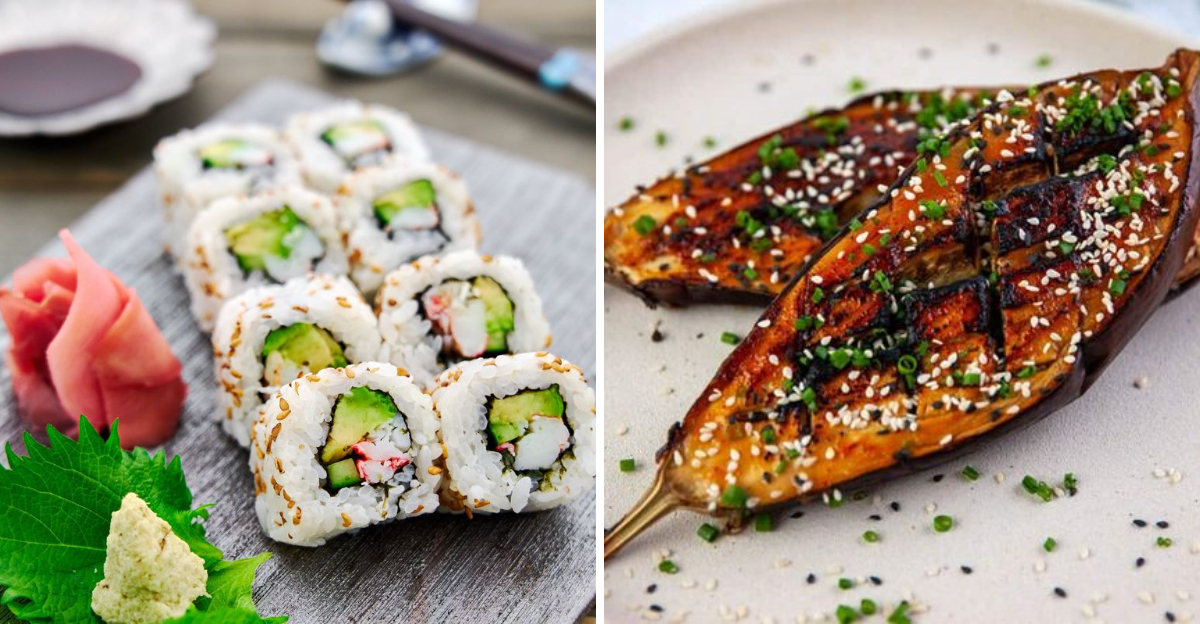
Japanese cuisine is beloved for its balance, elegance, and flavor—but some recipes have become so mainstream they’ve lost their original spark. If you’re looking to shake things up, here’s a list of 8 Japanese recipes that feel a little played out—and 5 fresh dishes that bring something new (and delicious) to the table.
1. California Rolls
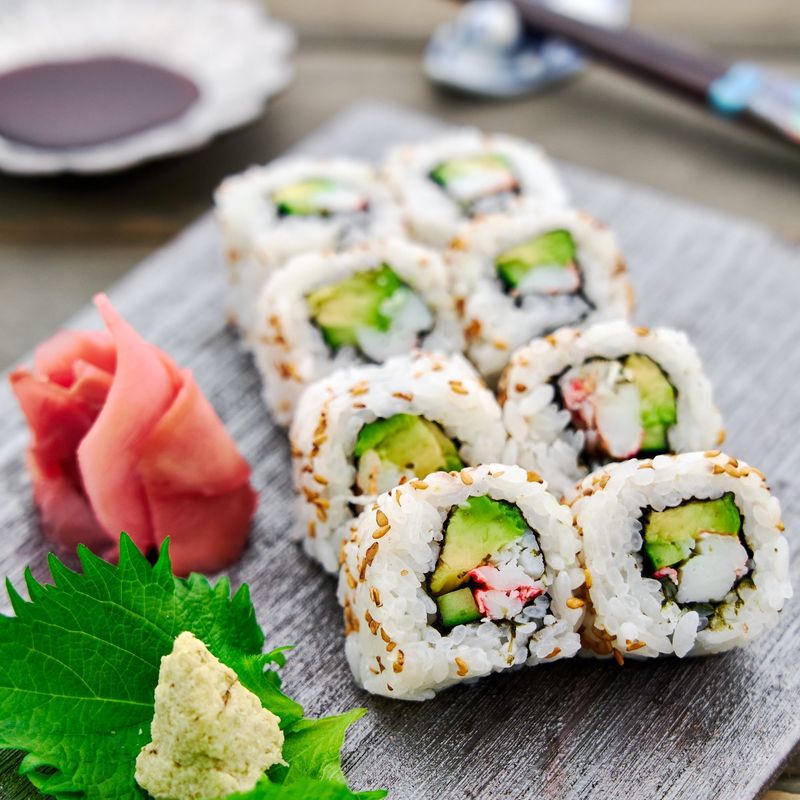
California Rolls once marked an adventurous take on sushi, but their ubiquity has dulled the appeal. These rolls, filled with imitation crab and creamy avocado, have become synonymous with Western sushi culture.
They often appear in supermarket shelves and chain restaurants, losing the elegance of traditional sushi. With each bite, the original excitement fades, leaving behind a taste that feels more like fast food than authentic Japanese fare.
Once a star in the sushi world, California Rolls now seem ordinary, a shadow of the creativity they once symbolized.
2. Chicken Teriyaki Everything
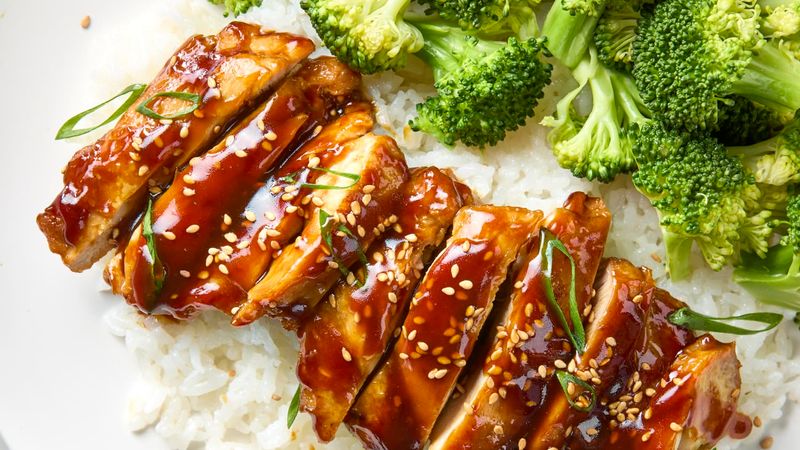
Chicken Teriyaki, with its sweet and savory glaze, has become a staple in Japanese chain restaurants. However, the ubiquitous presence often drowns its subtle flavors in an overload of sugary sauce.
Originally a delicate balance of flavor, Chicken Teriyaki is now a default choice, lacking the excitement it once held. Its widespread adaptation in fast-food chains has further stripped it of authenticity.
This once-celebrated dish now stands as a testament to overuse, a reminder of how novelty can turn into monotony.
3. Ramen Burgers
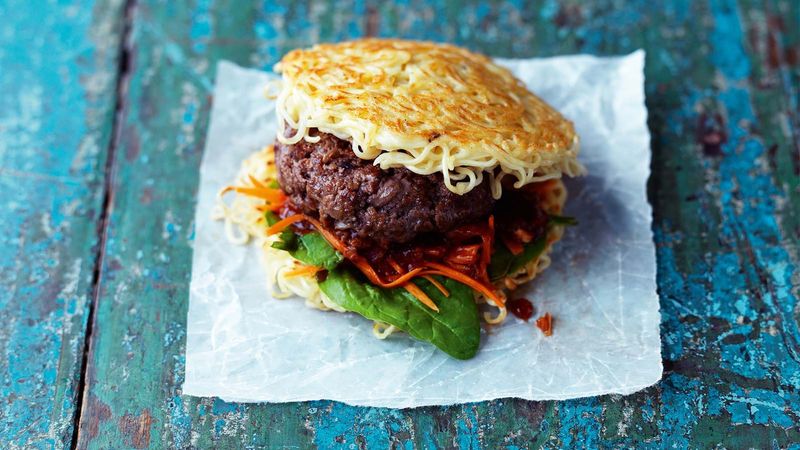
The Ramen Burger burst onto the scene as an innovative culinary fusion, but its charm quickly waned. Noodle ‘buns’ enclosing a juicy beef patty promised novelty yet often left diners struggling with its messy construction.
While intriguing at first, the dish compromised practicality for trendiness, leading to a decline in its popularity. The texture and taste often failed to match the initial hype, leaving food enthusiasts craving more substance.
Ramen Burgers remain a quirky footnote in food fusion history, more a fleeting trend than a lasting impression.
4. Sushi Burritos
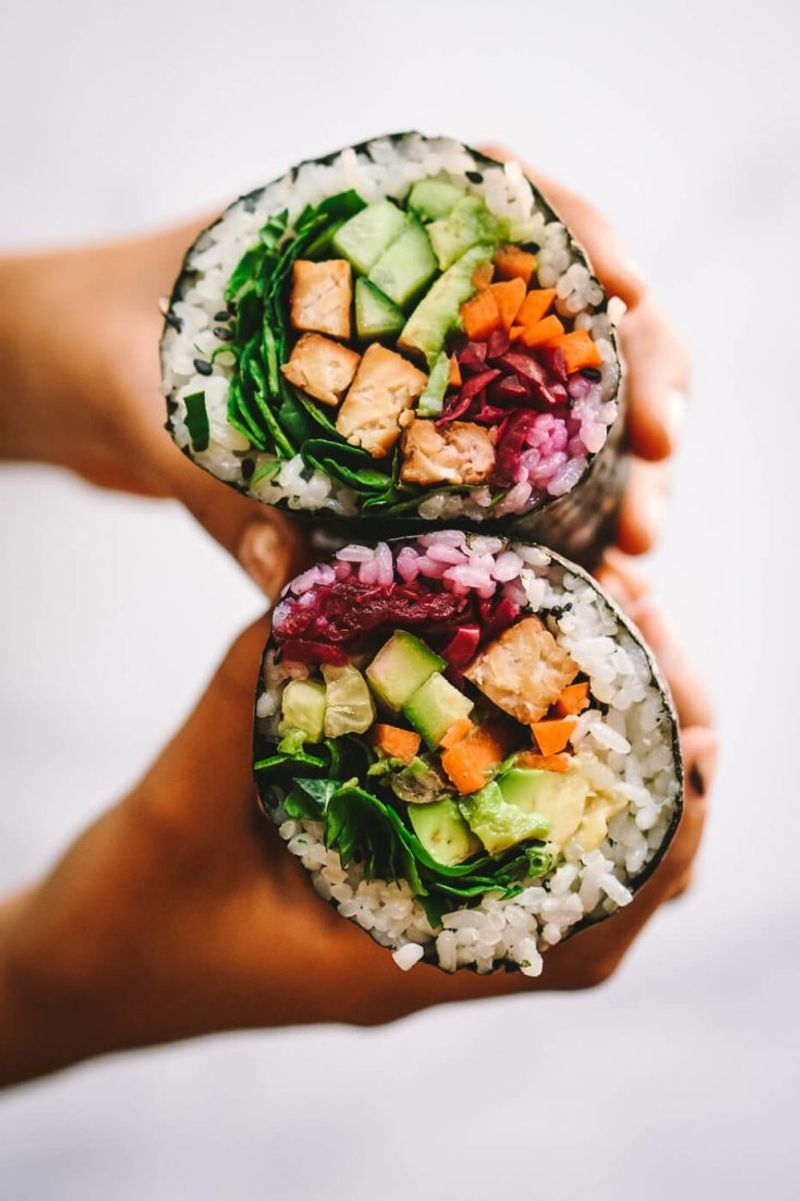
Sushi Burritos combine the elegance of sushi with the convenience of burritos, but their oversized nature often leads to culinary chaos. Stuffed with an array of fillings, these creations tend to prioritize quantity over quality.
The concept is more about spectacle than tradition, with flavors that clash rather than complement. The lavish fillings can overshadow the delicate balance that defines Japanese cuisine.
Despite their bold appearance, Sushi Burritos frequently miss the mark, offering an experience that’s more about novelty than nuance.
5. Dragon Rolls & Rainbow Rolls
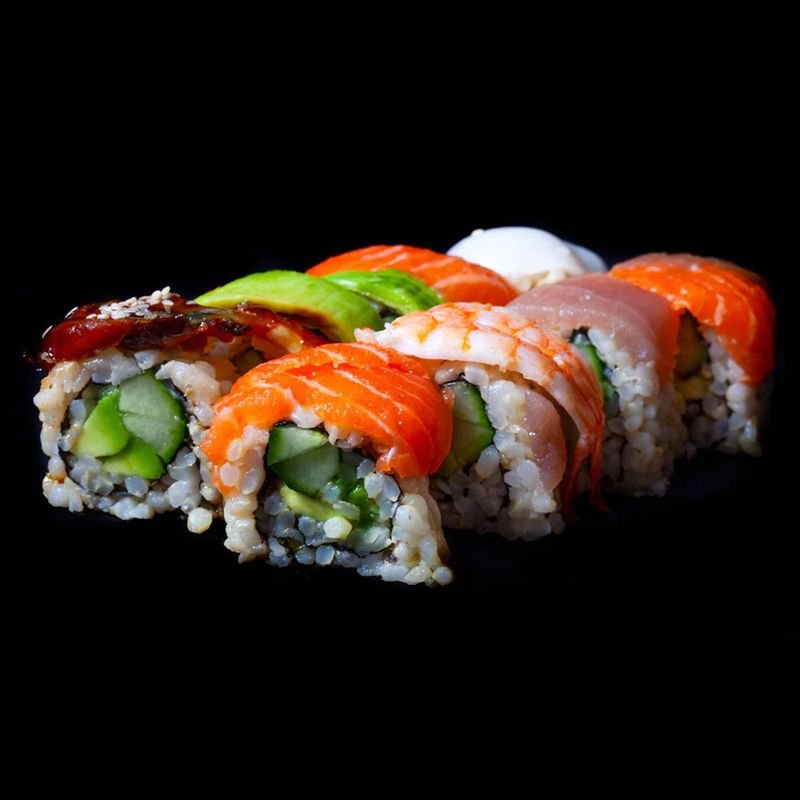
Dragon Rolls and Rainbow Rolls are visually stunning, yet their aesthetic appeal often masks an overloaded interior. These fusion rolls, while beautiful, sometimes distract from the subtlety of traditional sushi.
Packed with layers of fish, avocado, and sauces, they can overwhelm the senses, turning a delicate art into a busy platter. The visual appeal is undeniable, but the balance of flavors often suffers.
These rolls remind us that beauty can sometimes overshadow substance, leaving the palate longing for simplicity.
6. Hibachi-Style Fried Rice with Yum Yum Sauce
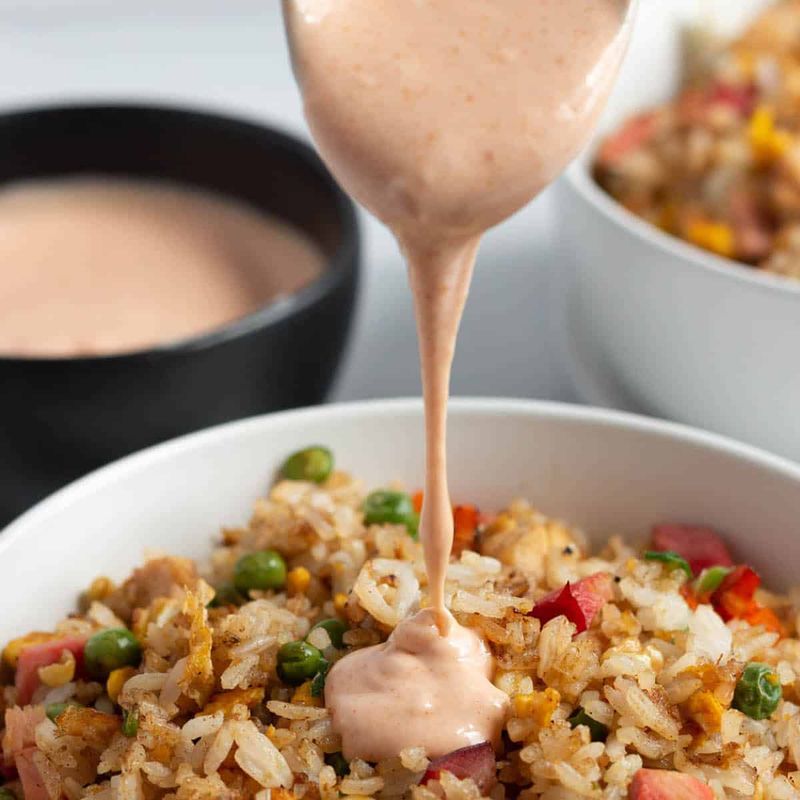
Hibachi-Style Fried Rice paired with Yum Yum Sauce is a beloved choice at teppanyaki spots, but its predictability can dull the experience. The rich combination of flavors, though delightful, has become a repetitive go-to.
Often overshadowed by dramatic cooking shows, the dish itself can feel secondary to the spectacle. The creamy sauce adds a familiar touch, yet its overuse has turned it into a cliché.
This combination, though satisfying, highlights how repetition can make even the most flavorful dishes feel mundane.
7. Spicy Tuna Rolls (Drenched in Mayo)
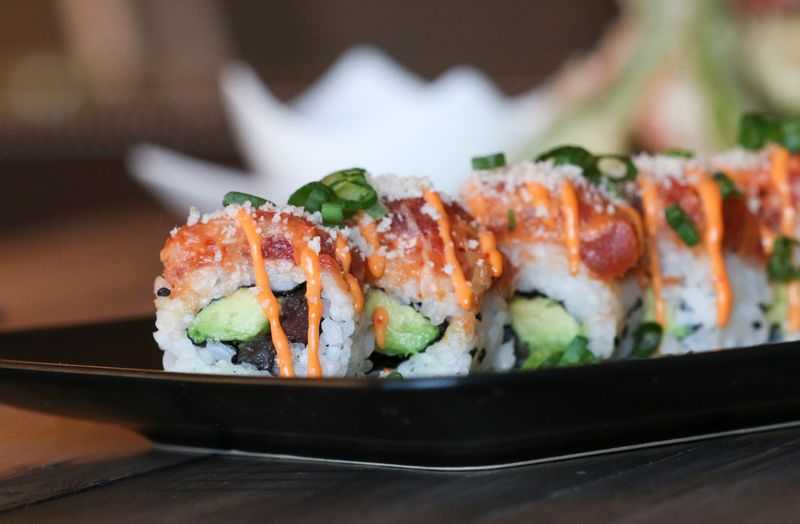
Spicy Tuna Rolls, drenched in mayo, serve as a gateway to sushi enjoyment, but often lack the finesse of more refined options. The abundance of spicy mayo can overshadow the freshness of tuna.
Once a thrilling introduction to sushi, these rolls have become commonplace, with the spicy kick often muted by excessive sauce. The balance that once intrigued diners now feels lost to indulgence.
While still popular, Spicy Tuna Rolls illustrate how over-reliance on a single flavor can diminish a dish’s original appeal.
8. Tempura Everything
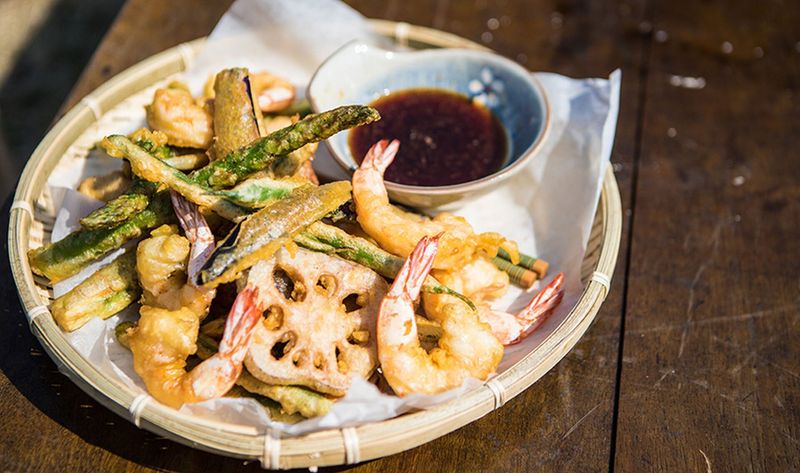
Tempura, celebrated for its light and crisp texture, often falls victim to overuse, with heavy batter masking its delicate nature. Originally meant to enhance ingredients, excessive tempura can detract from their natural flavors.
From vegetables to seafood, the tendency to tempura ‘everything’ has reduced this artful technique to a common occurrence. The allure of crispy coating often overshadows the nuanced tastes underneath.
While still enjoyed, the overuse of tempura serves as a reminder that restraint often leads to greater culinary satisfaction.
9. Ochazuke (Green Tea Rice Bowl)
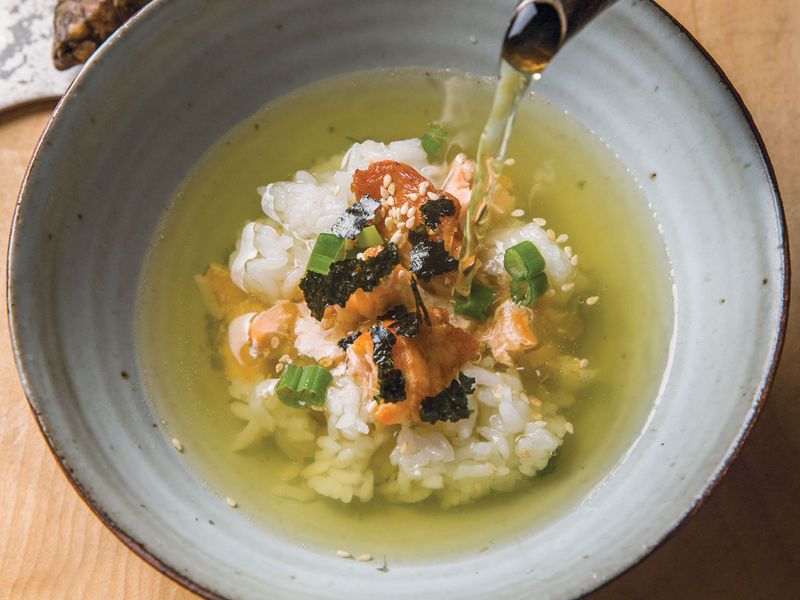
Ochazuke offers a comforting escape into the world of traditional Japanese cuisine. With hot green tea or dashi poured over rice, this dish transforms simple ingredients into a nourishing experience.
Toppings like pickled plum, grilled salmon, and nori add depth without overwhelming the senses. Ochazuke’s appeal lies in its simplicity and warmth, providing a soothing meal.
In a world of overdone dishes, this green tea rice bowl stands out, offering a fresh perspective that harks back to Japanese culinary roots.
10. Okonomiyaki (Savory Pancake)
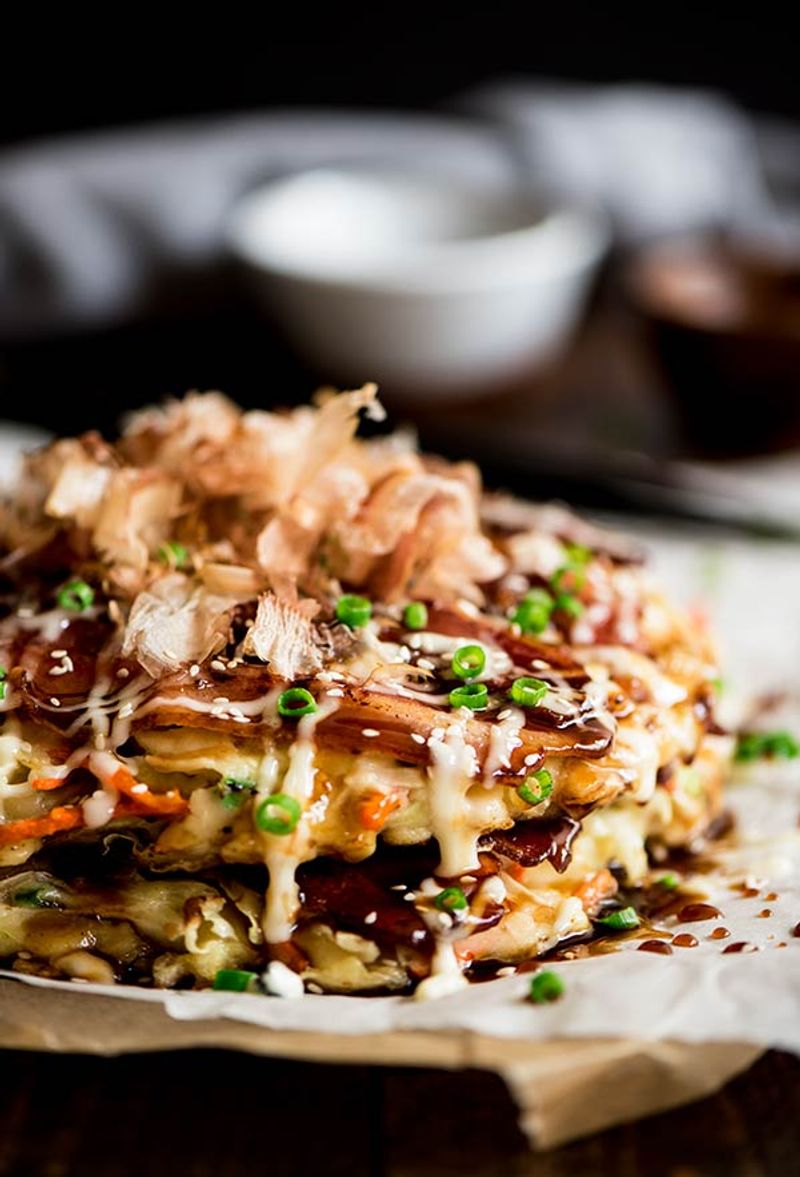
Okonomiyaki, a savory cabbage-based pancake from Osaka, captivates with its customizable approach. Bonito flakes dance atop the hot surface, while mayo and okonomi sauce add rich layers of flavor.
This dish invites creativity, allowing cooks to personalize each pancake with various ingredients. It’s a harmonious blend of textures, making each bite a delightful surprise.
Far from overdone, Okonomiyaki thrives on innovation, reflecting the playful spirit of Japanese street food culture.
11. Nasu Dengaku (Miso-Glazed Eggplant)
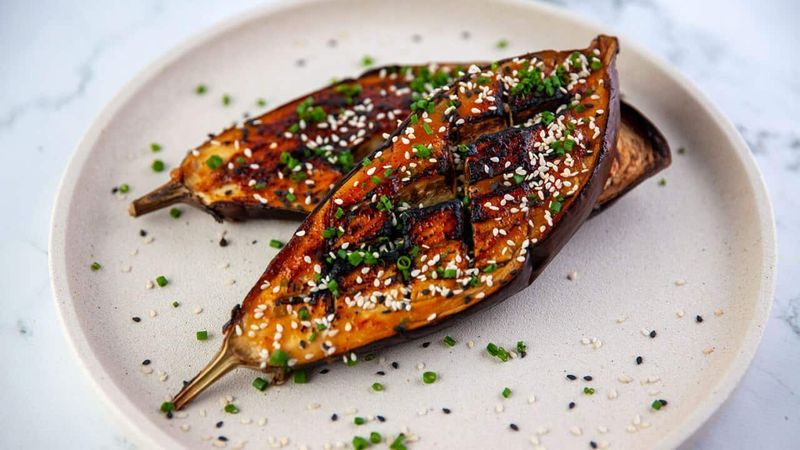
Nasu Dengaku, with its sweet-savory miso glaze, elevates the humble eggplant to new culinary heights. Roasted to perfection, the eggplant becomes soft and caramelized, offering a plant-based delicacy.
The miso glaze adds depth, enhancing the natural flavors without overpowering them. This dish exemplifies the elegance of Japanese cuisine, where less is often more.
With its balance of taste and texture, Nasu Dengaku stands as a refreshing alternative to more traditional fare, celebrating simplicity with sophistication.
12. Zaru Soba (Cold Buckwheat Noodles)
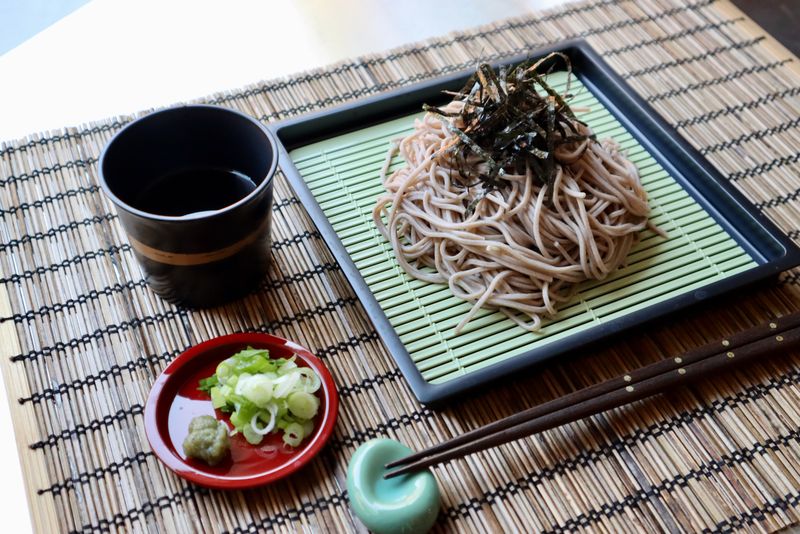
Zaru Soba, cold buckwheat noodles served with a light dipping sauce, embodies the essence of minimalist Japanese cuisine. Refreshing and simple, this dish is perfect for warm days.
The cold noodles are carefully crafted, offering a satisfying texture that pairs beautifully with the savory dip. A touch of seaweed or green onion adds subtle flavor.
Zaru Soba’s charm lies in its restraint, providing a palate-cleansing dish that highlights the purity of its ingredients.
13. Oyakodon (Chicken & Egg Rice Bowl)
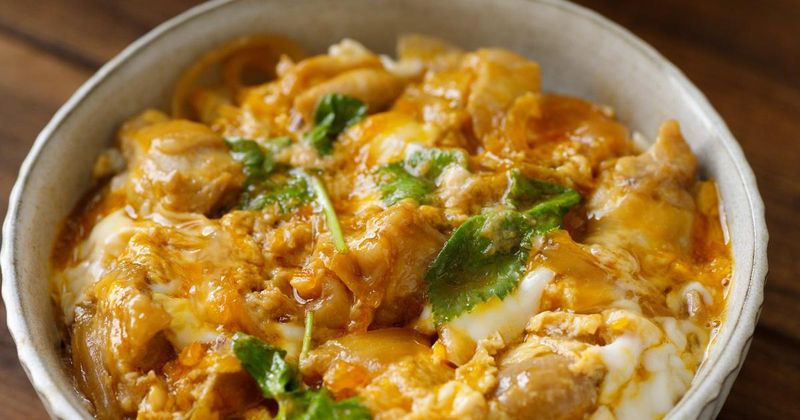
Oyakodon, meaning ‘parent and child bowl,’ brings together tender chicken and soft-scrambled eggs in a harmonious dance over steamed rice. Simmered in a soy-dashi broth, this dish exudes comfort.
Each spoonful offers warmth and richness, capturing the essence of home-cooked goodness. The interplay of flavors and textures creates a satisfying meal that resonates with both young and old.
Oyakodon’s appeal is timeless, offering a fresh take on tradition that remains rooted in family and flavor.
